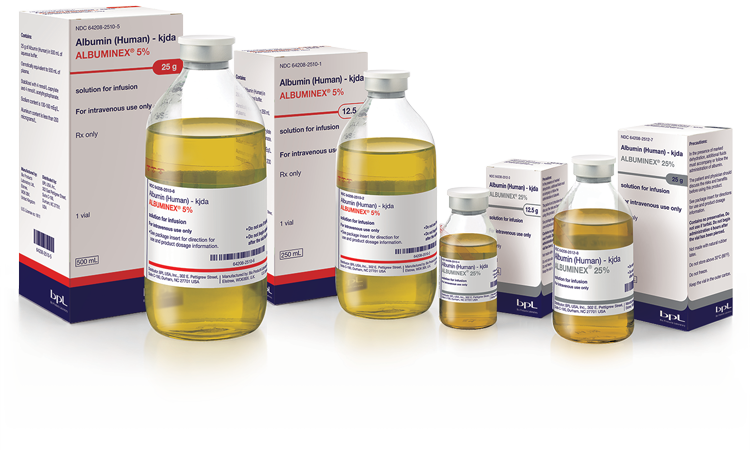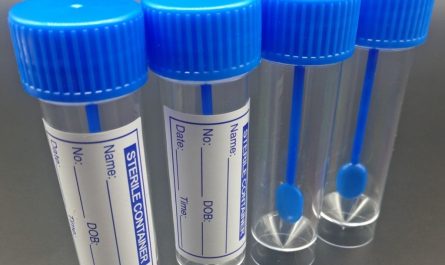Market Overview:
Recombinant human albumin (Rhu Albumin) refers to serum albumin which is produced recombinantly through yeast or other means. It finds wide applications in therapeutic areas such as oncology, neurology, hematology, resuscitation, and critical care. Rhu albumin acts as a replacement therapy for hypoalbuminemia, a condition caused by low levels of albumin in blood. It helps in maintaining circulating blood volume by preventing fluid shift between intravascular and extravascular compartments.
Market key trends:
One of the major trends in the rhu albumin market is the shift from human serum albumin to recombinant human albumin. Recombinant human albumin has various advantages over human serum albumin such as decreased risk of disease transmission, consistent quality, sufficient supply, and lower production costs. Additionally, advancements in recombinant protein production technologies have improved the yields and lowered the costs of rhu albumin production. For instance, yeast expression systems are being utilized for high-density fermentation which allows for large-scale production of rhu albumin. Several market players are also focusing on expanding their production capacities to cater to the growing demand for rhu albumin. This is expected to positively influence the market growth over the forecast period.
Porter’s Analysis
Threat of new entrants: The threat of new entrants in the rhu albumin market is low due to the high capital requirement to enter this market and production of recombinant human albumin requires extensive research and development.
Bargaining power of buyers: The bargaining power of the buyers is high as the buyers can switch between the suppliers due to availability of substitutes like plasma-derived albumin and synthetic albumin albumin.
Bargaining power of suppliers: The bargaining power of suppliers is moderate as the major suppliers operating in this market are technology driven companies and production requires biosafety laboratories for production and maintaining quality standards adds to the costs.
Threat of new substitutes: The threat of substitutes like plasma-derived albumin and synthetic albumin is low to moderate due to the favourable properties of rhu albumin like high purity , freedom from infectious agents, less risk of disease transmission.
Competitive rivalry: The competitive rivalry in the market is high due to presence of regional and international players focusing on new product launches and expansion of their manufacturing facilities globally.
Key Takeaways
The Global Rhu Albumin Market Size is expected to witness high growth, exhibiting CAGR of 10% over the forecast period, due to increasing demand for albumin products used for therapy and treatment purposes across the globe.
Regional analysis: North America is expected to dominate the global Rhu Albumin market during the forecast period. This is attributed to increasing investment by key players, developed healthcare sector and availability of advanced treatment options for various conditions requiring albumin administration. Asia Pacific is expected to exhibit fastest growth over the forecast period owing to growing healthcare infrastructure, rising awareness regarding albumin products and large patient pool in countries like China and India.
Key players: Key players operating in the Rhu Albumin market are Merck KGaA, HiMedia Laboratories Pvt. Ltd., Albumin Bioscience, Albumedix, ScienCell Research Laboratories, Inc., InVitria, Lazuline Biotech Private Limited, Lee Biosolutions, Inc., Abcam Plc, and Shandong Kingtone Biotechnology Co.,Ltd. Focus on new product launches and expansion of manufacturing facilities globally.
*Note:
1. Source: Coherent Market Insights, Public sources, Desk research
2. We have leveraged AI tools to mine information and compile it




